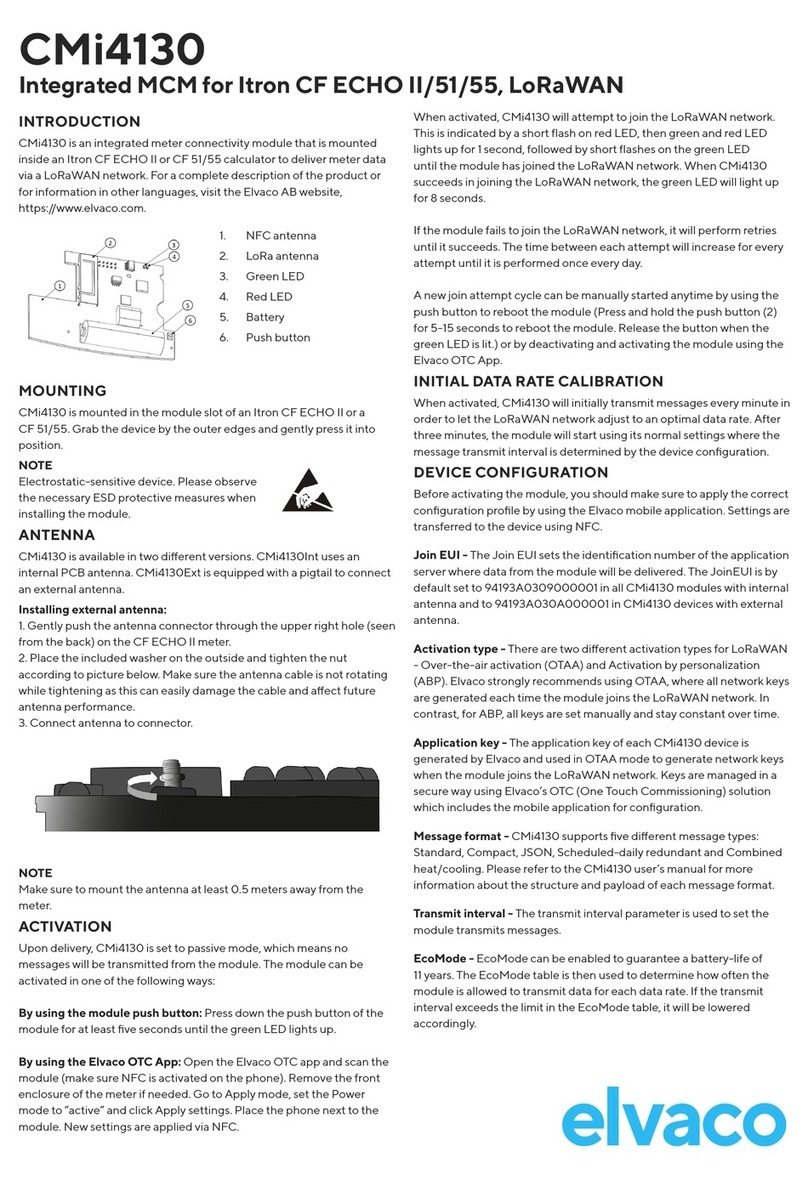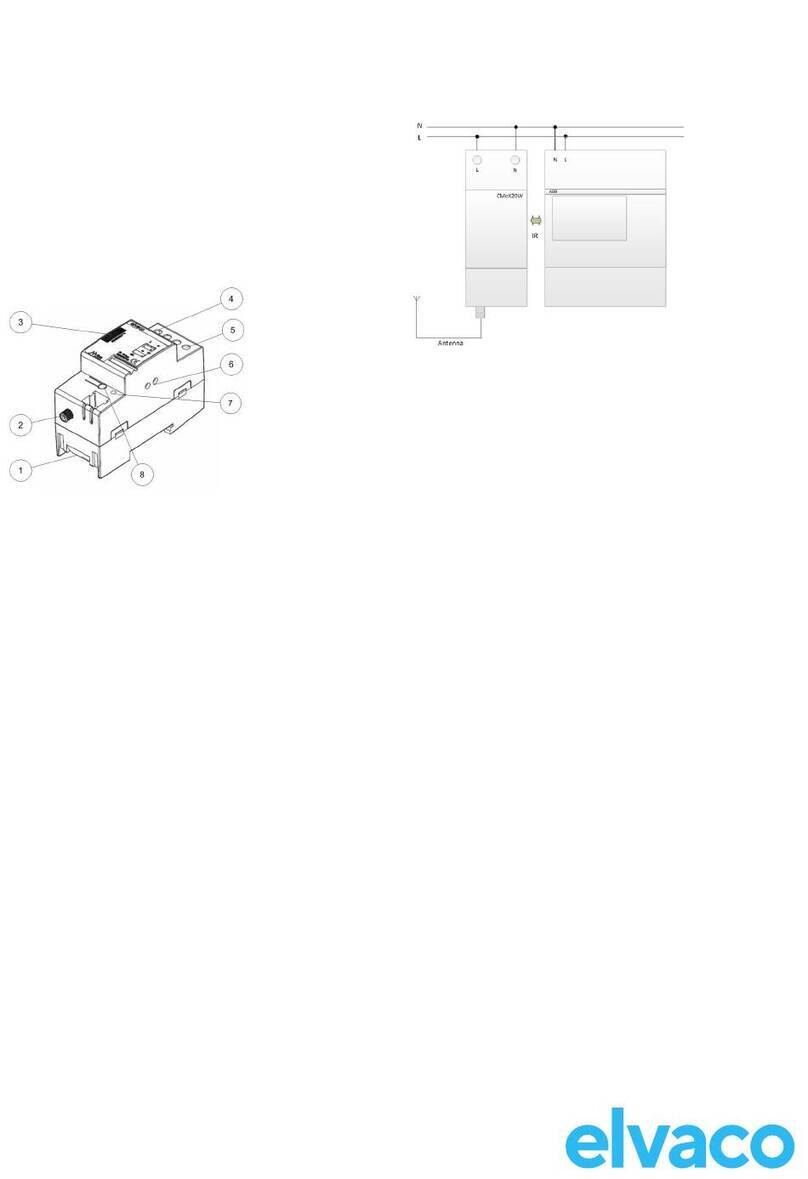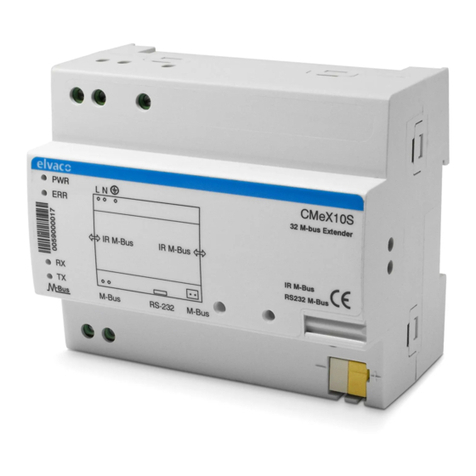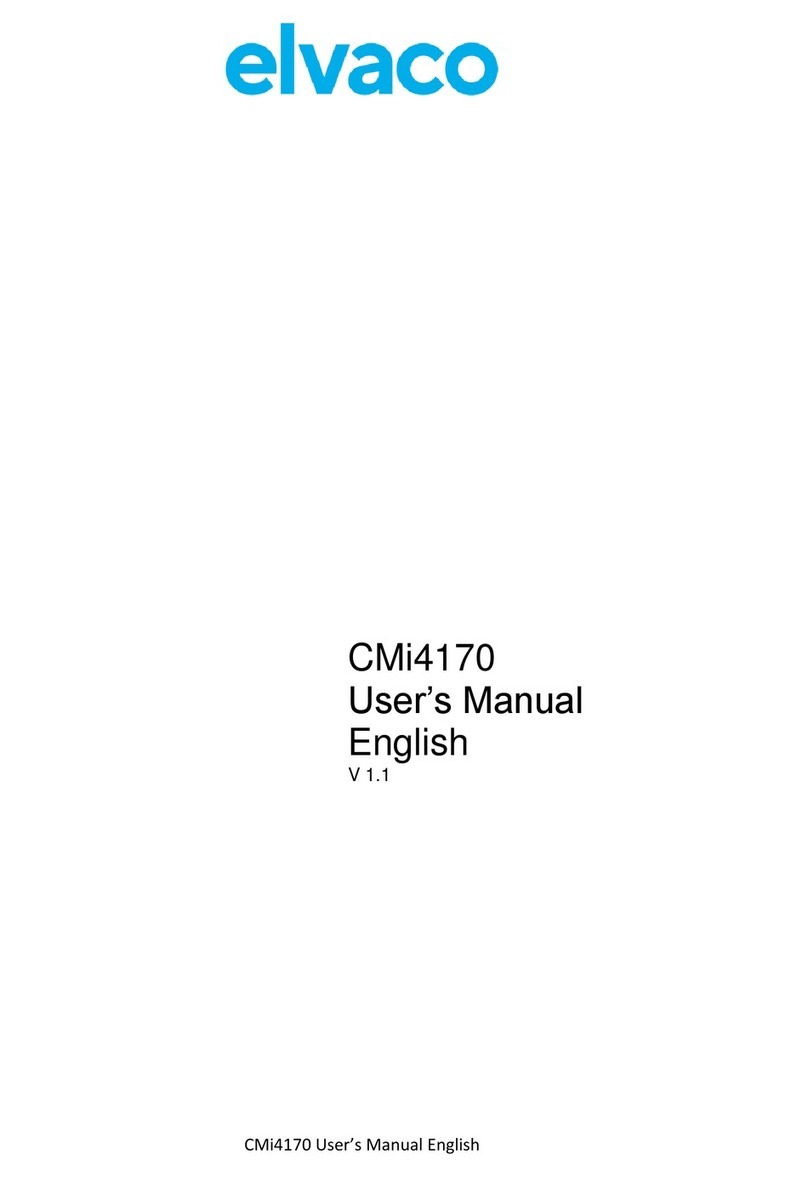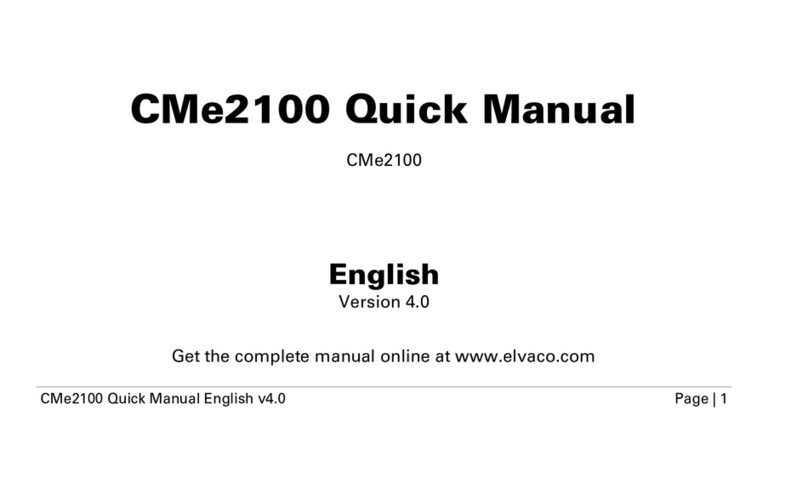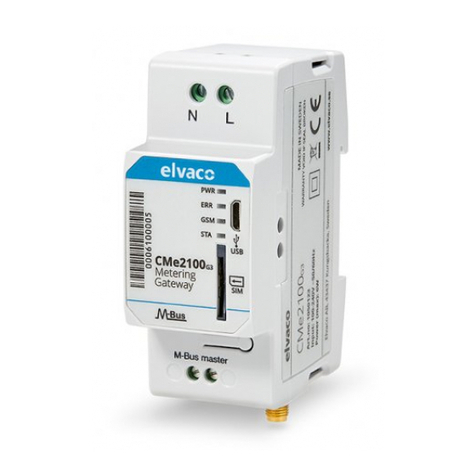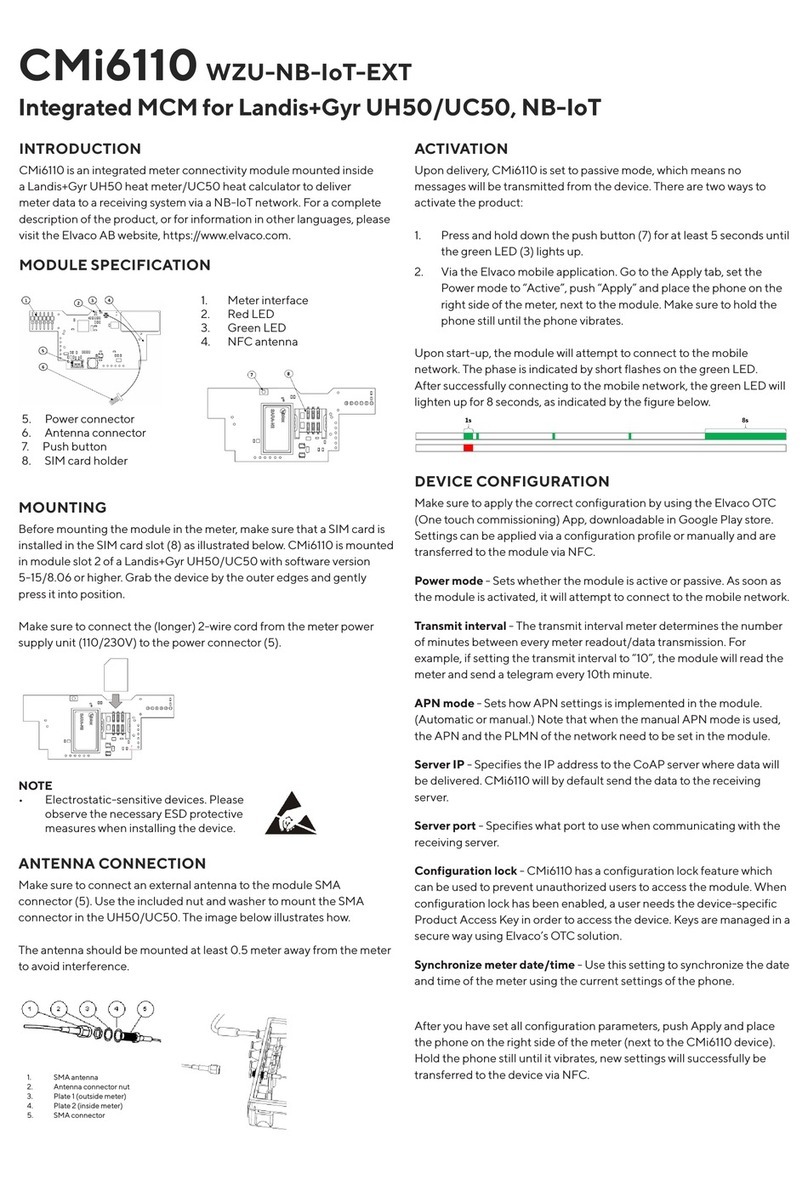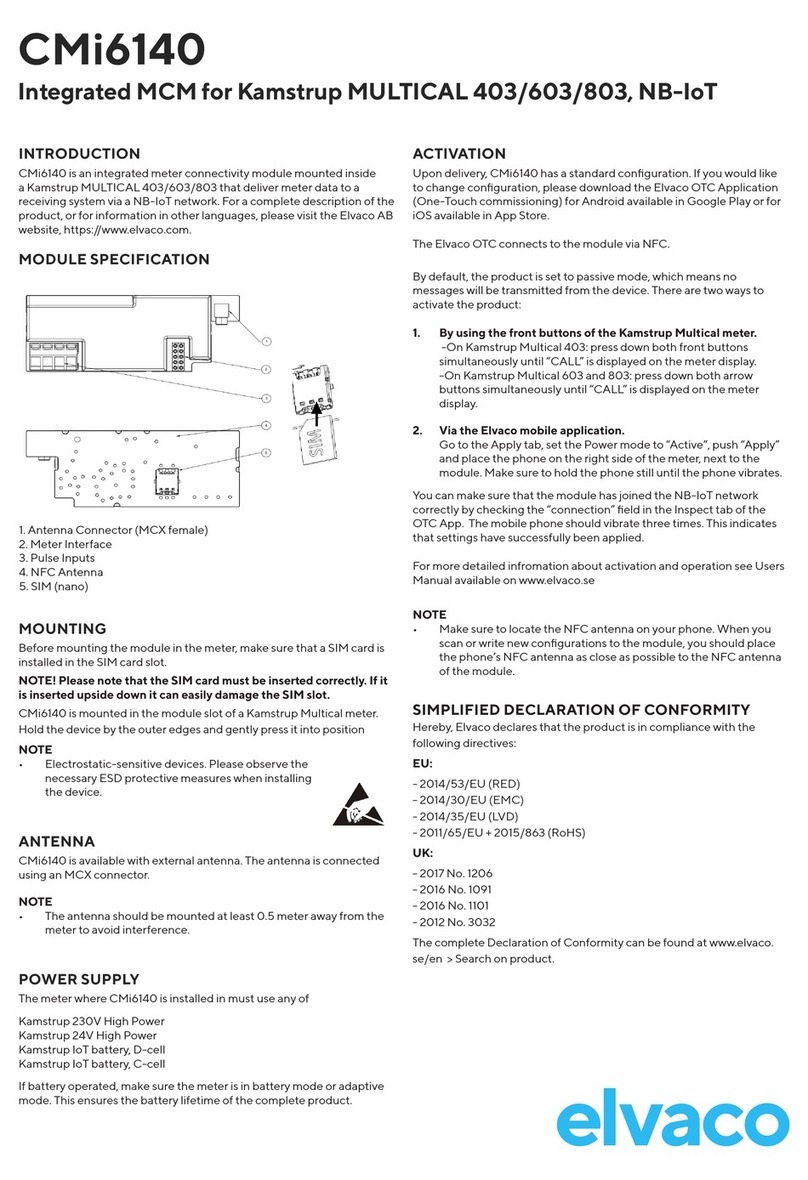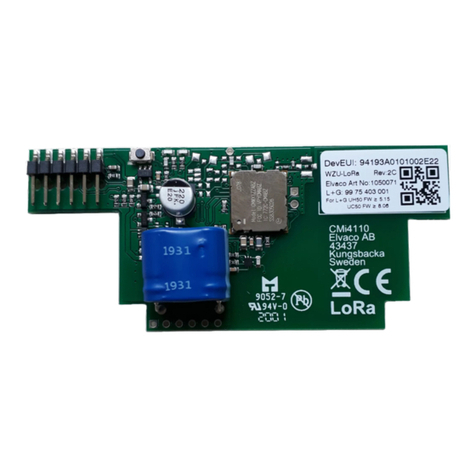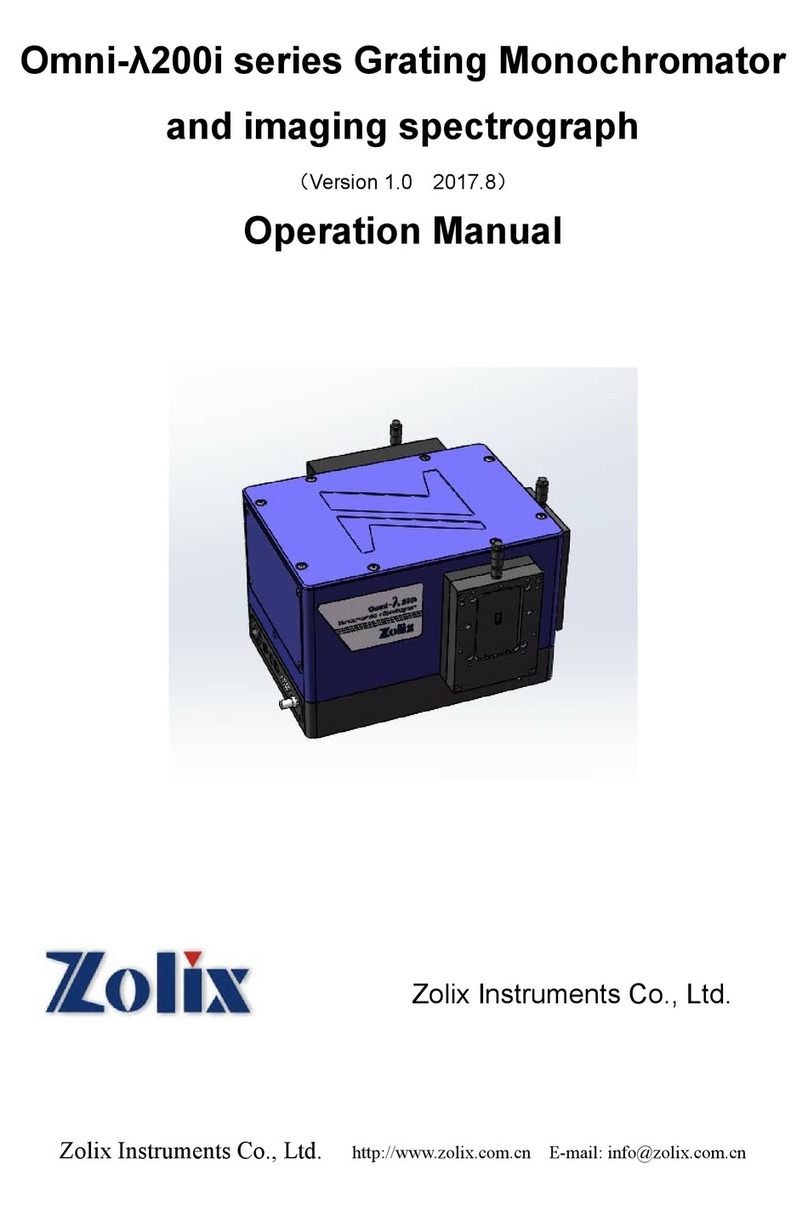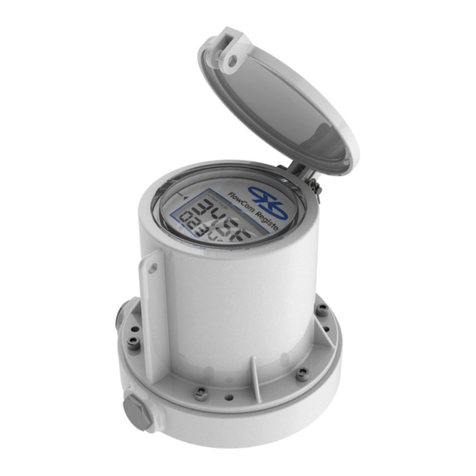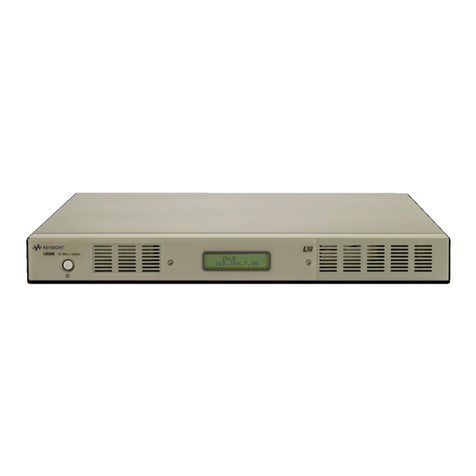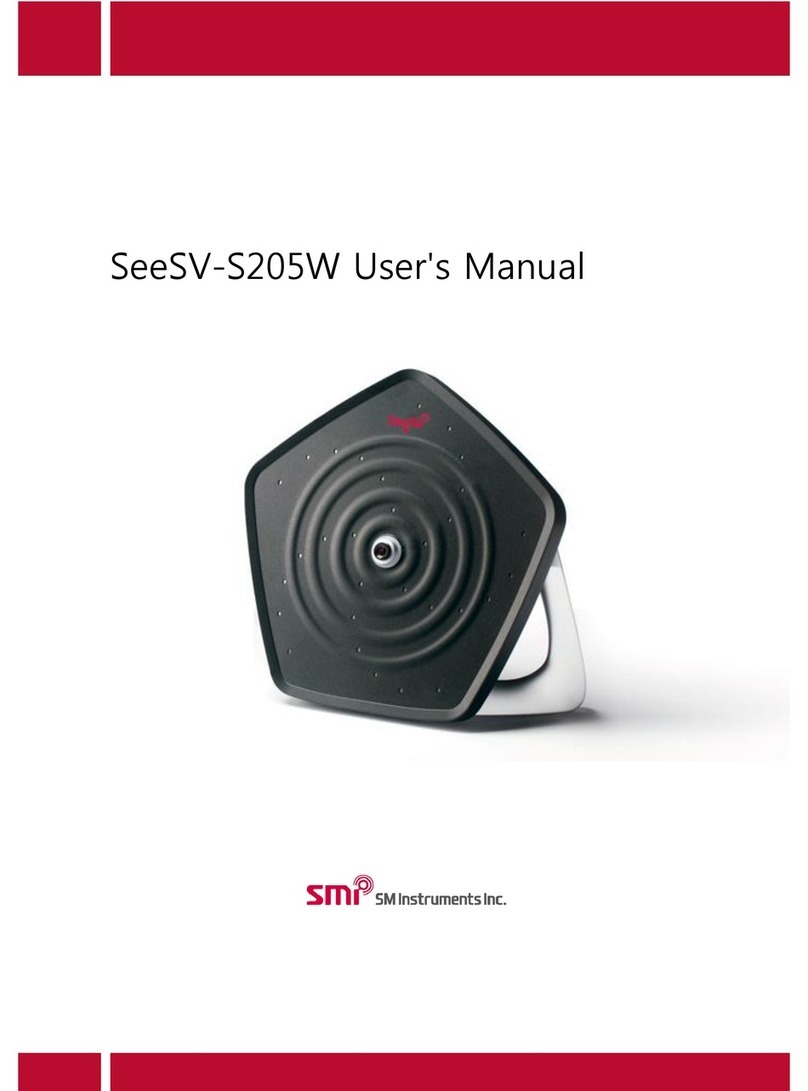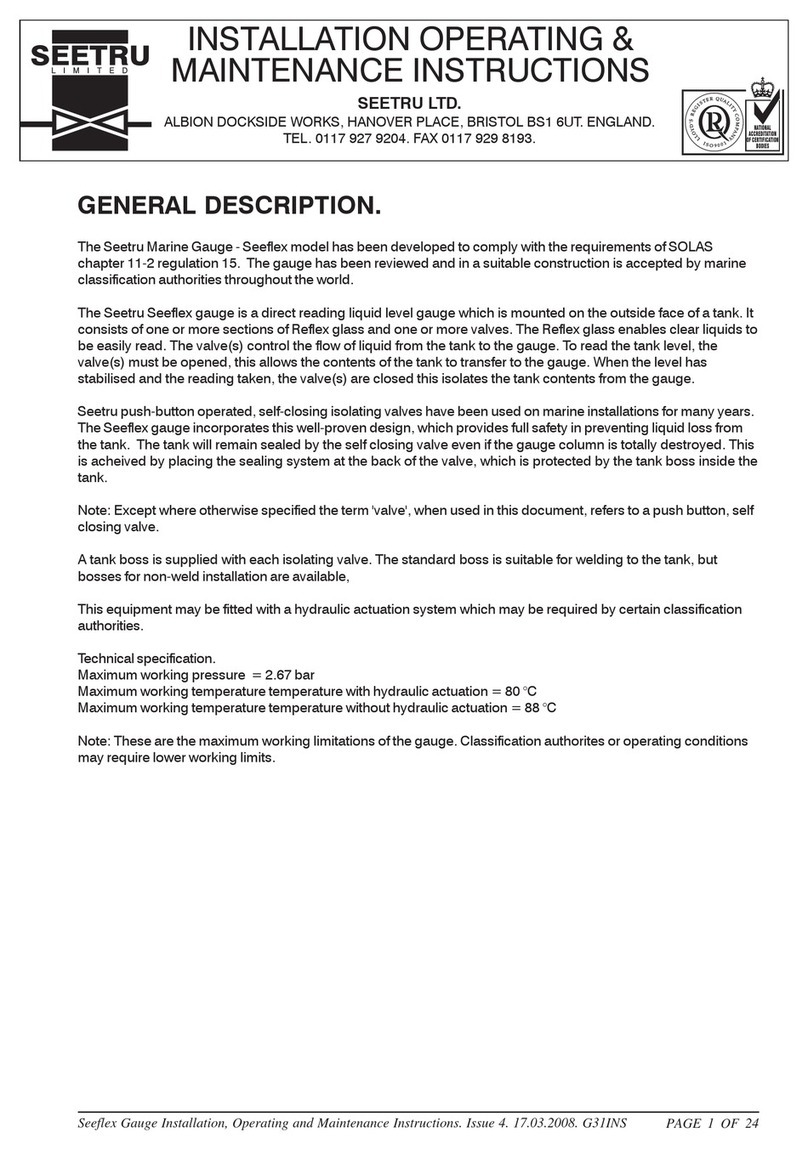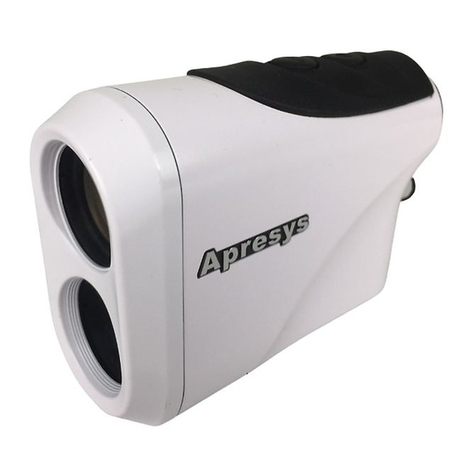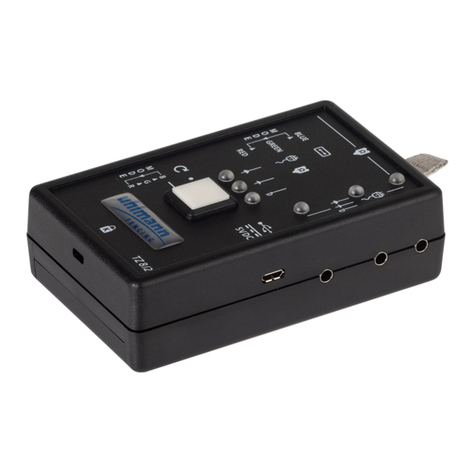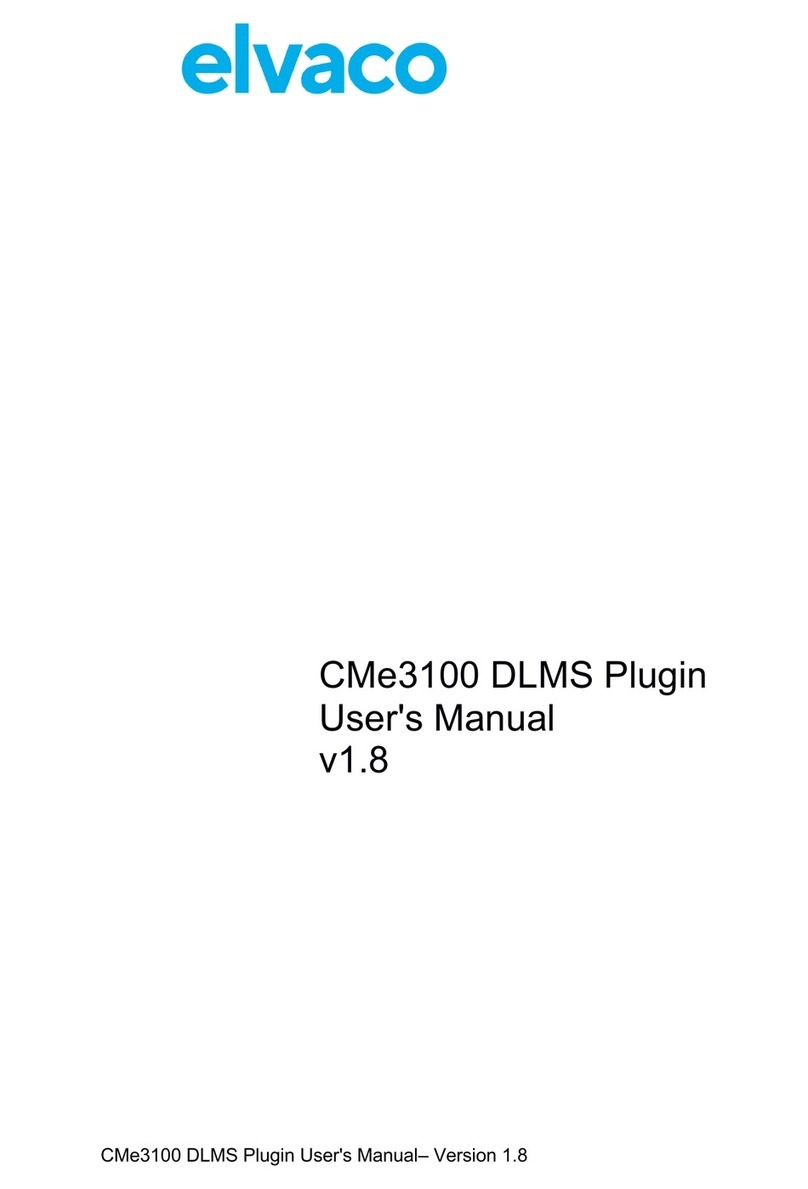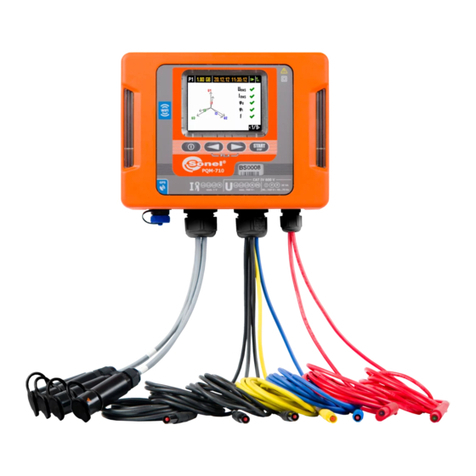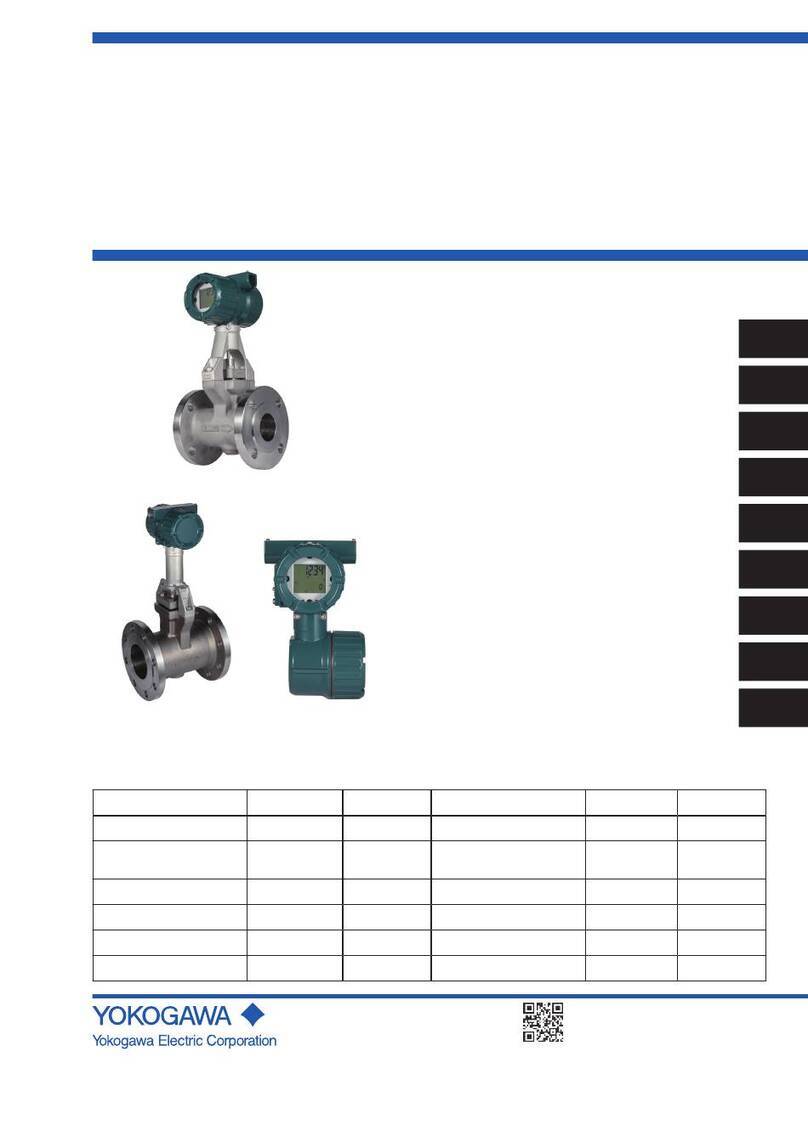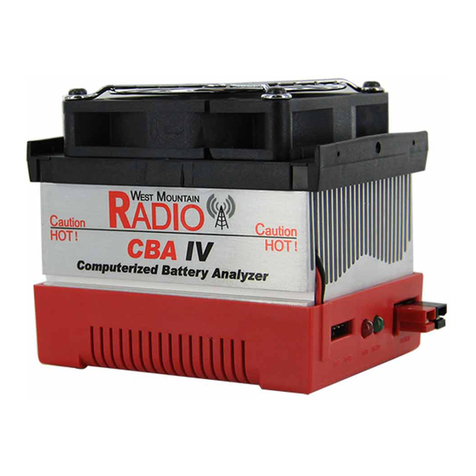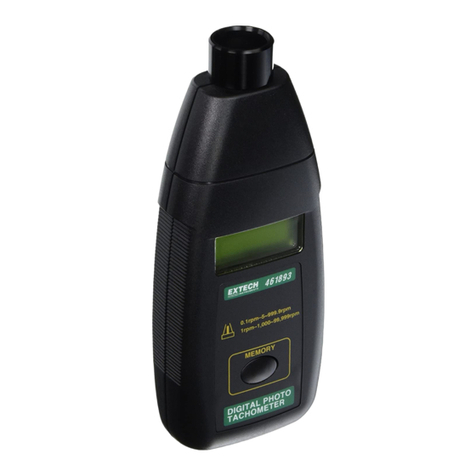Contents
1DOCUMENT NOTES .....................................................................................................3
1.1 COPYRIGHT AND TRADEMARK.........................................................................................3
1.2 CONTACTS..................................................................................................................... 3
2IMPORTANT USAGE AND SAFETY INFORMATION...................................................4
3USING THIS MANUAL ..................................................................................................5
3.1 PURPOSE AND AUDIENCE ...............................................................................................5
3.2 ONLINE RESOURCES ......................................................................................................5
3.3 SYMBOLS.......................................................................................................................5
4INTRODUCTION............................................................................................................6
4.1 PURPOSE....................................................................................................................... 6
4.2 APPLICATION DESCRIPTION.............................................................................................6
4.3 PRODUCT FEATURES......................................................................................................6
4.4 COMPATIBILITY............................................................................................................... 7
5GETTING STARTED......................................................................................................8
5.1 PURPOSE....................................................................................................................... 8
5.2 PRODUCT SPECIFICATION...............................................................................................8
5.3 MOUNT AND START-UP THE DEVICE.................................................................................8
5.3.1 Mounting and connection............................................................................................ 8
5.3.2 Connection of antenna................................................................................................ 8
5.3.3 Start-up and LED indications....................................................................................... 9
5.3.4 Switch off/reboot module........................................................................................... 10
6ADMINISTRATION REFERENCE................................................................................11
6.1 PURPOSE..................................................................................................................... 11
6.2 SECURITY AND ACCESS CONTROL................................................................................. 11
6.3CONFIGURATION OPTIONS ............................................................................................11
6.4 ADAPTIVE DATA RATE (ADR)........................................................................................ 12
6.5 TRANSMIT INTERVAL.....................................................................................................12
6.5.1 EcoMode................................................................................................................... 12
6.6 MESSAGE FORMATS.....................................................................................................13
6.6.1 Message structure..................................................................................................... 13
6.6.2 Structure and payload............................................................................................... 14
6.7 DOWNLINK................................................................................................................... 21
7TECHNICAL SPECIFICATIONS..................................................................................23
8TYPE APPROVALS.....................................................................................................25
9DOCUMENT HISTORY................................................................................................26
9.1 VERSIONS....................................................................................................................26
10 REFERENCES.............................................................................................................27
10.1 TERMS AND ABBREVIATIONS......................................................................................... 27
10.2 NUMBER REPRESENTATION .......................................................................................... 27




















